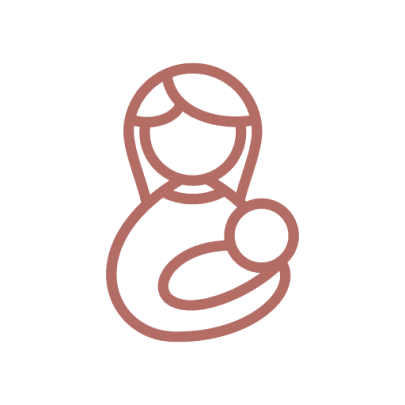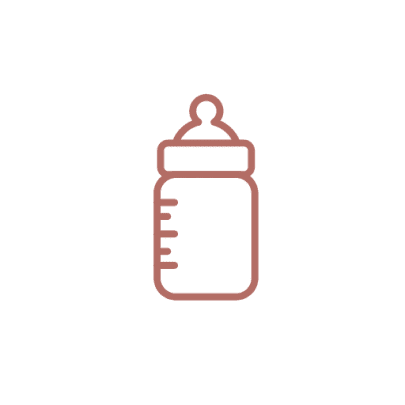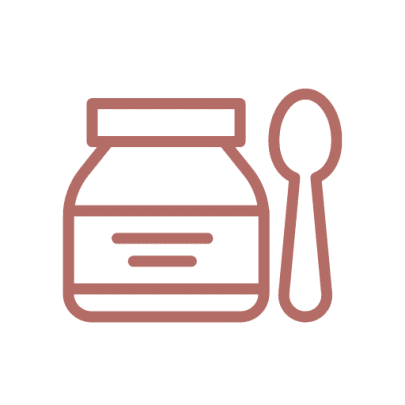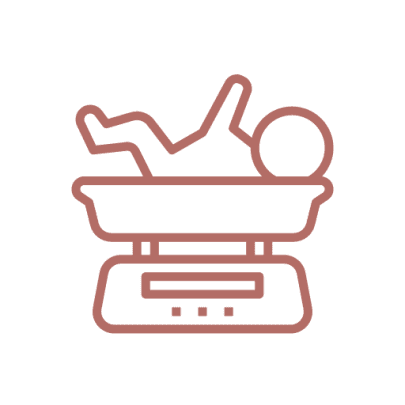There has recently been a lot of talk around Baby Led Weaning (BLW for short). It’s not a new concept, however it is new to the current generation of Mum’s as the last 60 or so years it has been recommended to go down the route of puree’s as first solids.
The main things to take in to consideration if you are looking at doing Baby Lead Weaning are:
- Can baby sit, holding their head up, with very little or no support?
- Are they 6 months or older?
- Is baby able to pick up objects and bring them to their mouth?
- Is baby reaching for your food when you are eating?
If your baby checks all these boxes, BLW could be for you.
There are many advantages to BLW including, not having to fuss around with puree’s, baby gets to practise their skills in hand eye coordination, baby eats essentially what you eat right from the start (to begin with, no seasoning) and you get to eat your own meal, while it’s hot!
There are disadvantages as well, to start with it is VERY messy, you will most likely get a lot of comments from other people suggesting that you are doing the wrong thing and you might also get a fright the first time baby gags on food. The gagging is normal, a baby’s gag reflex is a lot further forward on the tongue than an adults, it’s a built in safety measure and is not to be confused with choking. Gagging sounds more like a cough, whereas choking the baby will either be struggling to breath or will not be breathing at all due to food obstructing the air passages.
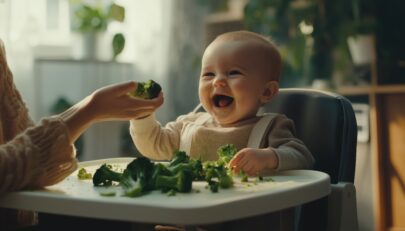
There are very few products that you need to start BLW, however in our experience, you will benefit from investing in a number of bibs, a highchair, storage containers for your nappy bag (these are great not only for the nappy bag, but also for stacking in the fridge) and after a couple of months of doing BLW, investing in spoon and fork sets is ideal, as baby learns to deal with a spoon very swiftly. We would also recommend buying a cheap tarpaulin to pop under baby’s highchair, it makes for very quick clean up after meals as it catches any dropped food.
First foods that work well are foods with natural “handles”. Things like florets of cauliflower and broccoli or the stalk end of a banana (chop banana in half, peel skin down on the stalk half about ¾’s of the way and then trim it off). You can also cut vegetables like sweet potato, pumpkin and carrots in to chip shapes, or use whole green beans, steam or boil them so they are soft but still holding their shape. A good guide for size is baby’s hand, the chip needs to stick out of baby’s fist as at this early stage, they cannot open their hand to get at the food in it. You can also try cucumber, avocado (not too ripe as it will just squish in their hand), slices of ripe pear, well cooked red meat or chicken cut in to strips, sticks of cheese and breadsticks. Avoid foods high in salt and sugars, as this has low nutritional use and simply isn’t good for baby.
Of course, this is just a very basic guide to starting BLW. We recommend you do as much reading and research as you can before starting to ensure that this is the right fit for you and your baby. The catch phrase for BLW is “Food is for fun, until you’re one”, it’s more learning about tastes, textures and that food is fun! To begin with, not much will actually go IN baby’s tummy, however more goes in than you actually realise. As with heading down the puree route, offer solids after a milk feed, when baby isn’t tired and ideally at the same time as family meal times. Have your camera ready, you will get some great photo’s of baby as he or she learns about food. Most importantly, have fun with food and baby, it will go a long way to developing a great food relationship for your child.

